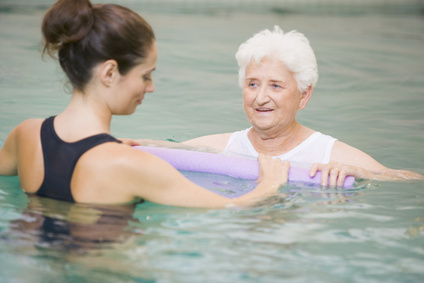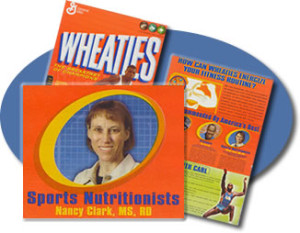Sugar Coating Helps Determine Cancer Cell Survival
Every living cell’s surface has a protein-embedded membrane that’s covered in polysaccharide chains—a literal sugar coating. A new study found this coating is especially thick and pronounced on cancer cells and is a crucial determinant of the cell’s survival. Consisting of long, sugar-decorated molecules called glycoproteins, the coating causes physicalchanges in the cell membrane that make the cell better able to thrive, leading to a more lethal cancer.


 impairments. They are trained in all aspects of anatomy and physiology related to normal function, with an emphasis on movement. They assess the patient’s strength, endurance, range of motion, gait abnormalities and sensory deficits to design individualized rehabilitation programs aimed at regaining control over motor functions.
impairments. They are trained in all aspects of anatomy and physiology related to normal function, with an emphasis on movement. They assess the patient’s strength, endurance, range of motion, gait abnormalities and sensory deficits to design individualized rehabilitation programs aimed at regaining control over motor functions. People with minor motor system disorders to severe disorders will find that physical therapy can help with the rigidity, slow movement patterns, postural instability, impaired balance and coordination that seem to evolve along with this disease. The physical therapist will evaluate for Functional Gait Testing, Functional Reach Testing, Timed Get Up and Go Test, Bed mobility screening and orthopedic evaluations for mobility and strength.
People with minor motor system disorders to severe disorders will find that physical therapy can help with the rigidity, slow movement patterns, postural instability, impaired balance and coordination that seem to evolve along with this disease. The physical therapist will evaluate for Functional Gait Testing, Functional Reach Testing, Timed Get Up and Go Test, Bed mobility screening and orthopedic evaluations for mobility and strength. A physical therapy evaluation and treatment strategy will assist in specific exercises for the weakness that develops by using functional manual skills that stimulate the central nervous system at the time of the movement pattern. They will work with gait training to evaluate for any equipment you may need for comfort and safety. They have been trained in detailed vestibular rehabilitation for balance and coordination issues that may come up during those fluctuating periods of exacerbation.
A physical therapy evaluation and treatment strategy will assist in specific exercises for the weakness that develops by using functional manual skills that stimulate the central nervous system at the time of the movement pattern. They will work with gait training to evaluate for any equipment you may need for comfort and safety. They have been trained in detailed vestibular rehabilitation for balance and coordination issues that may come up during those fluctuating periods of exacerbation.

 many rowers, runners, swimmers, and ice hockey players who eat their breakfast the night before. That is, instead of eating a bowl of cereal at 5:30 a.m., they enjoy it at 10:00 pm, before going to bed. This food helps them wake up in the morning with a normal blood glucose (blood sugar) level, and provides energy for an enjoyable and effective workout.
many rowers, runners, swimmers, and ice hockey players who eat their breakfast the night before. That is, instead of eating a bowl of cereal at 5:30 a.m., they enjoy it at 10:00 pm, before going to bed. This food helps them wake up in the morning with a normal blood glucose (blood sugar) level, and provides energy for an enjoyable and effective workout. One client reported she didn’t eat before she went to the gym because she was exercising to burn calories. Why would she want to add calories to her diet? Wouldn’t that defeat the main purpose of her workouts?
One client reported she didn’t eat before she went to the gym because she was exercising to burn calories. Why would she want to add calories to her diet? Wouldn’t that defeat the main purpose of her workouts? Boston-area sports nutritionist Nancy Clark, MS, RD offers one-on-one consults with both casual and competitive athletes. Her private practice is in Newton, MA (617-795-1875). For information about her Sports Nutrition Guidebook (2014) and food guides for runners, cyclists and soccer players, see
Boston-area sports nutritionist Nancy Clark, MS, RD offers one-on-one consults with both casual and competitive athletes. Her private practice is in Newton, MA (617-795-1875). For information about her Sports Nutrition Guidebook (2014) and food guides for runners, cyclists and soccer players, see